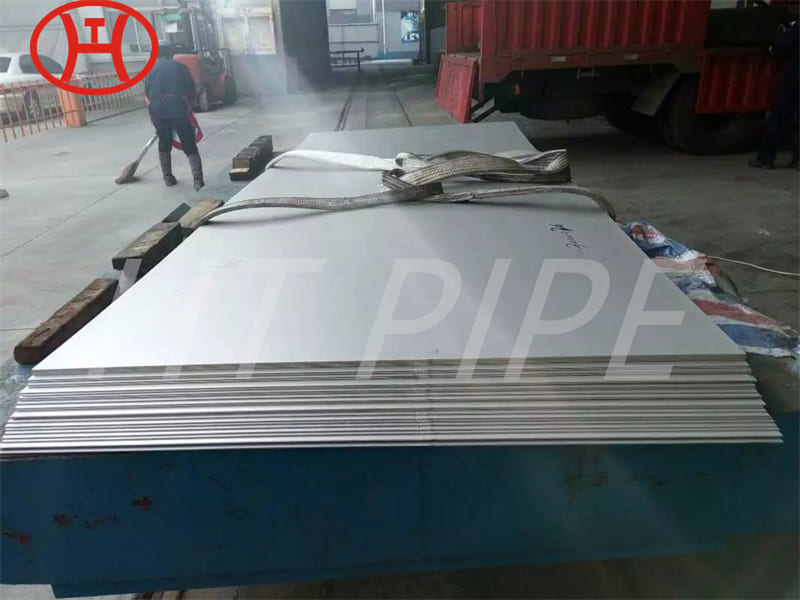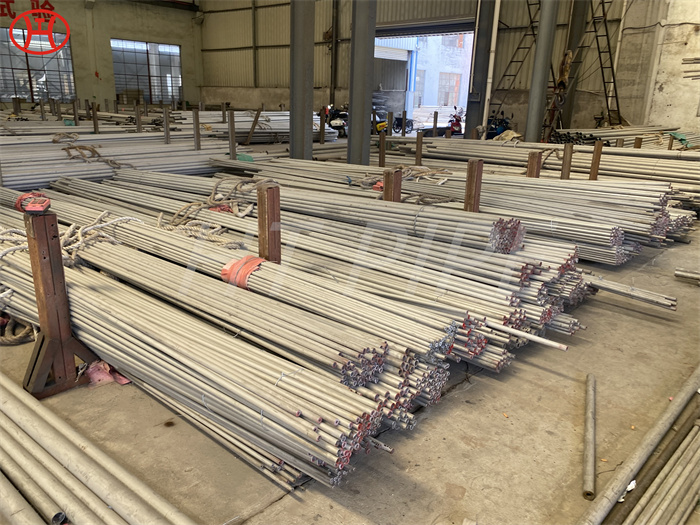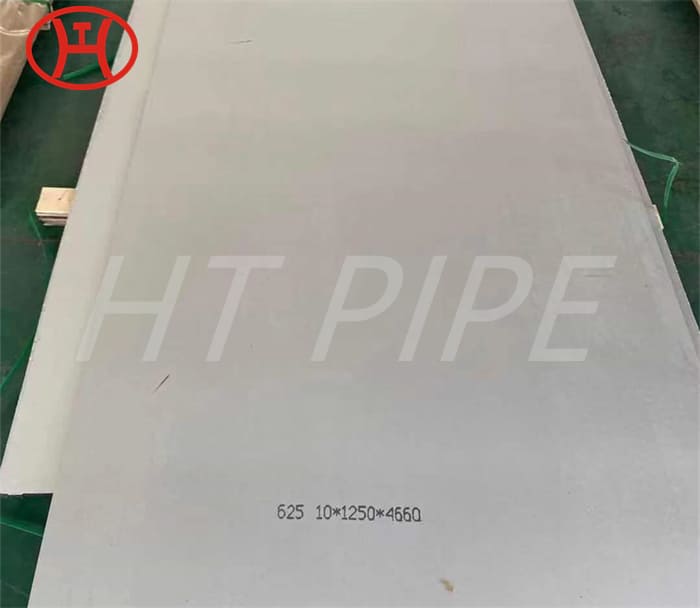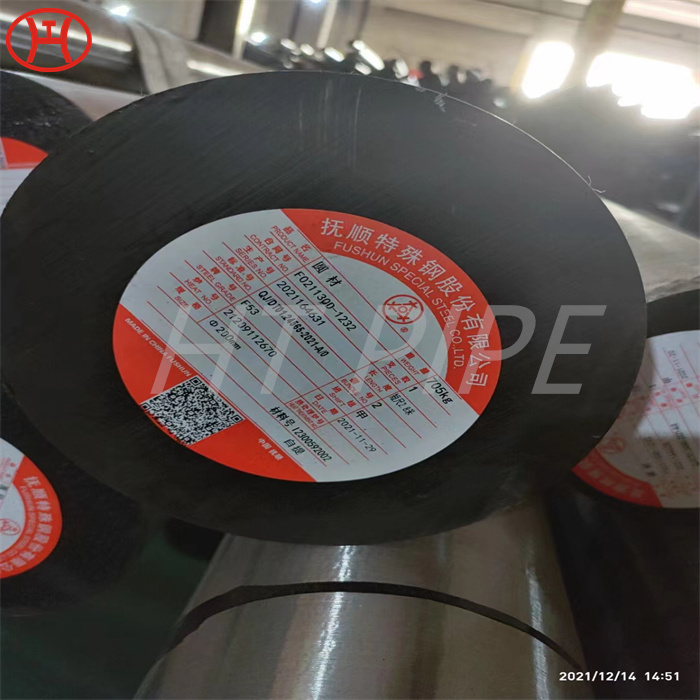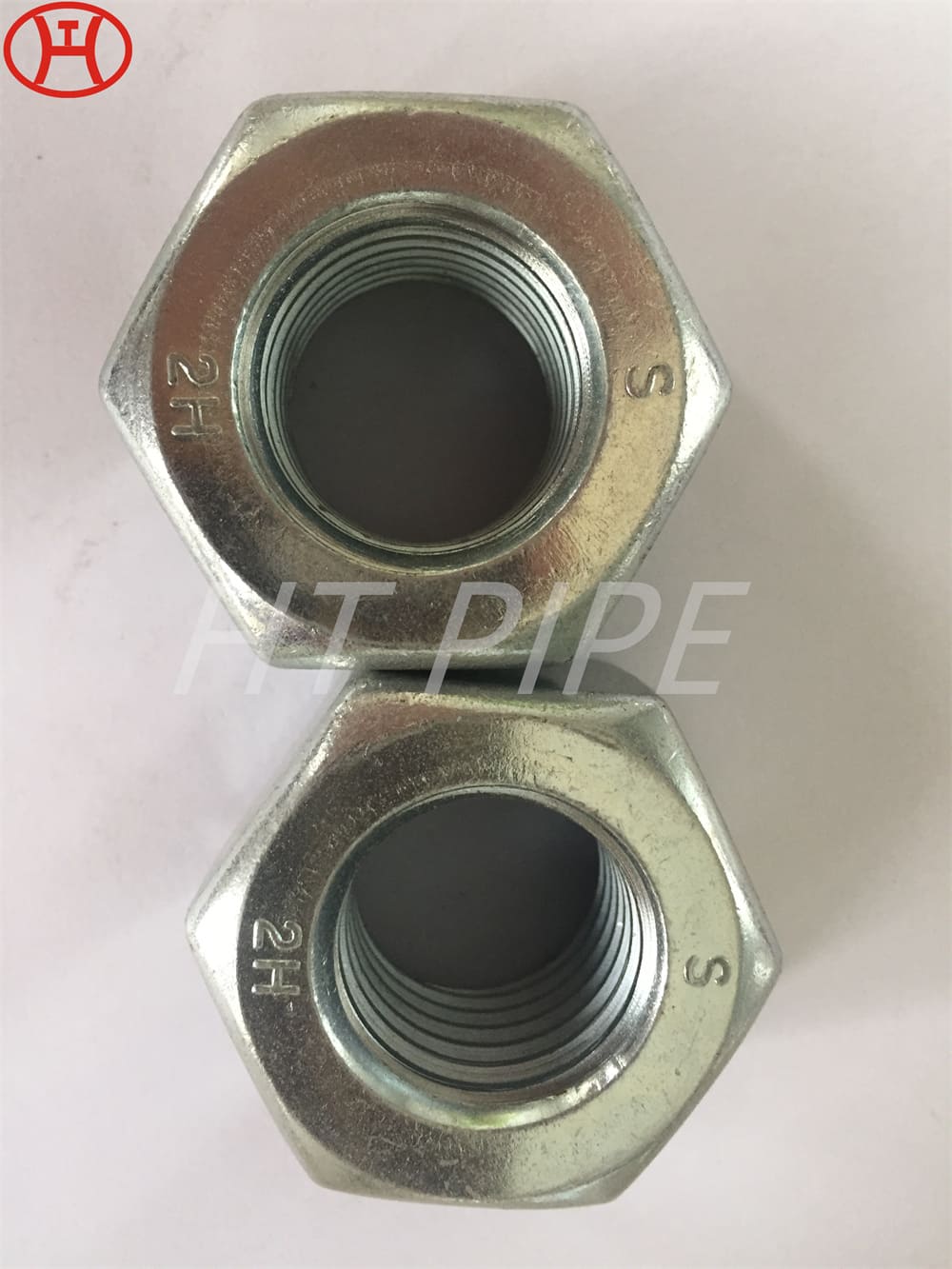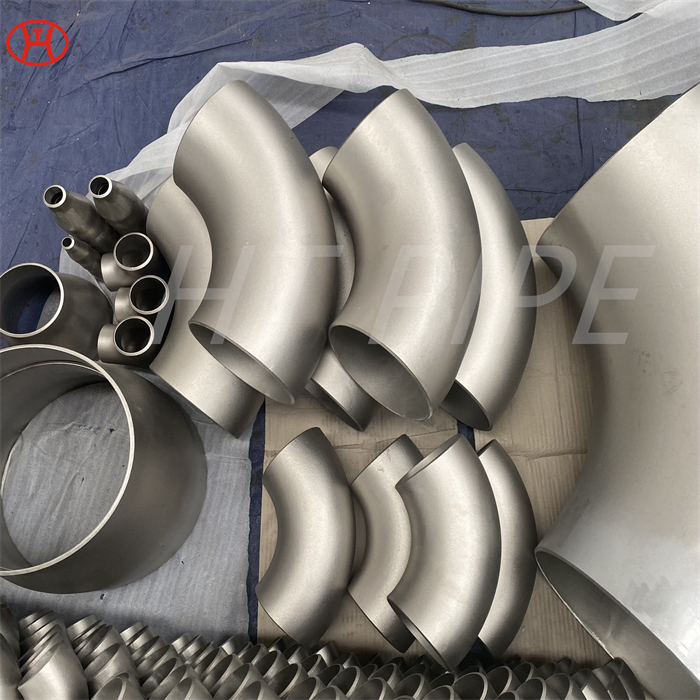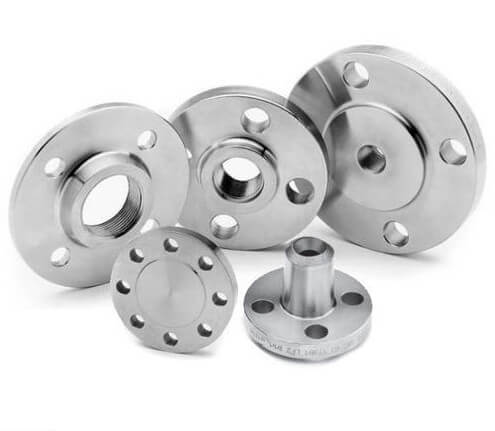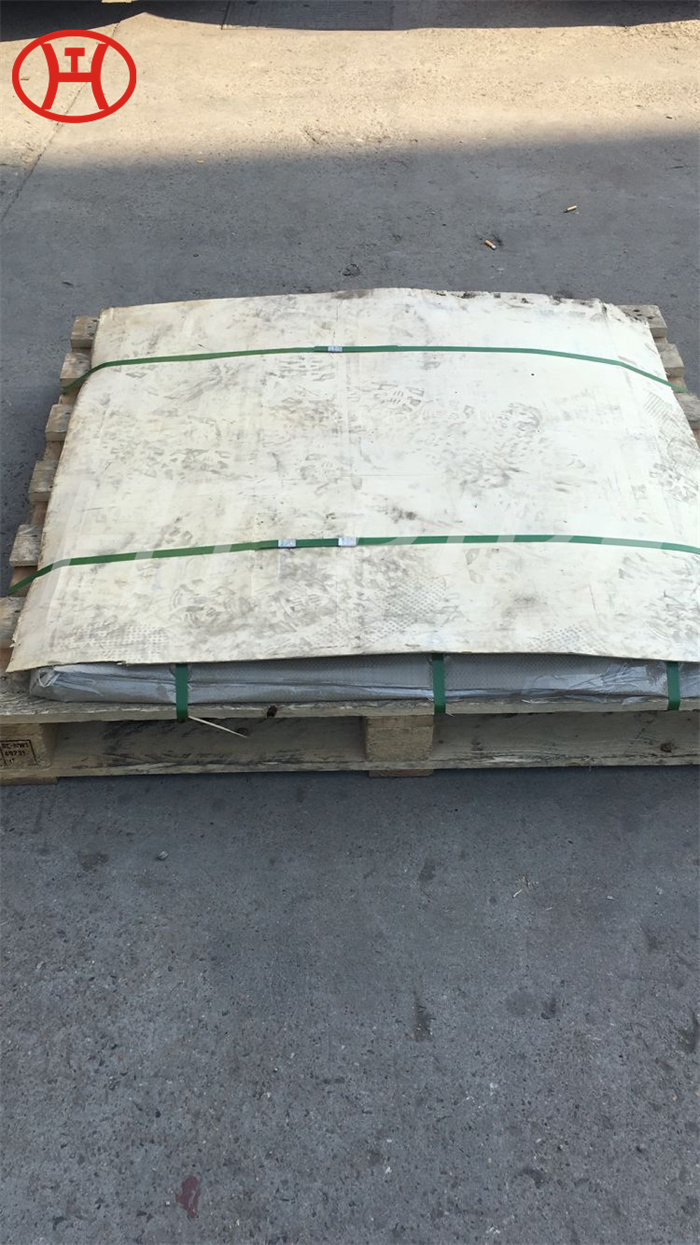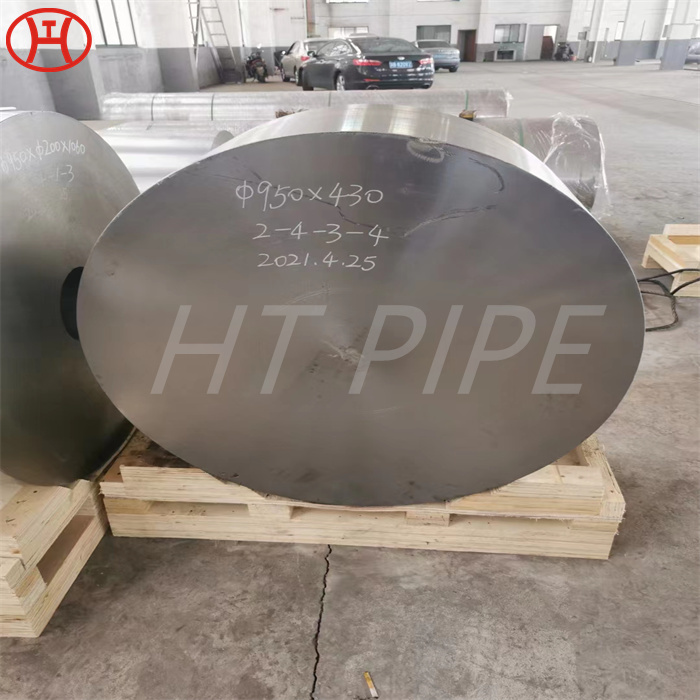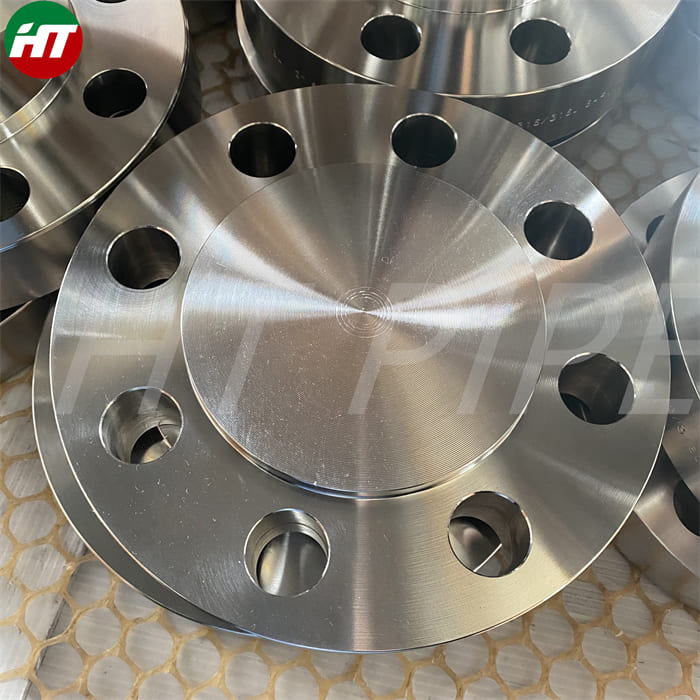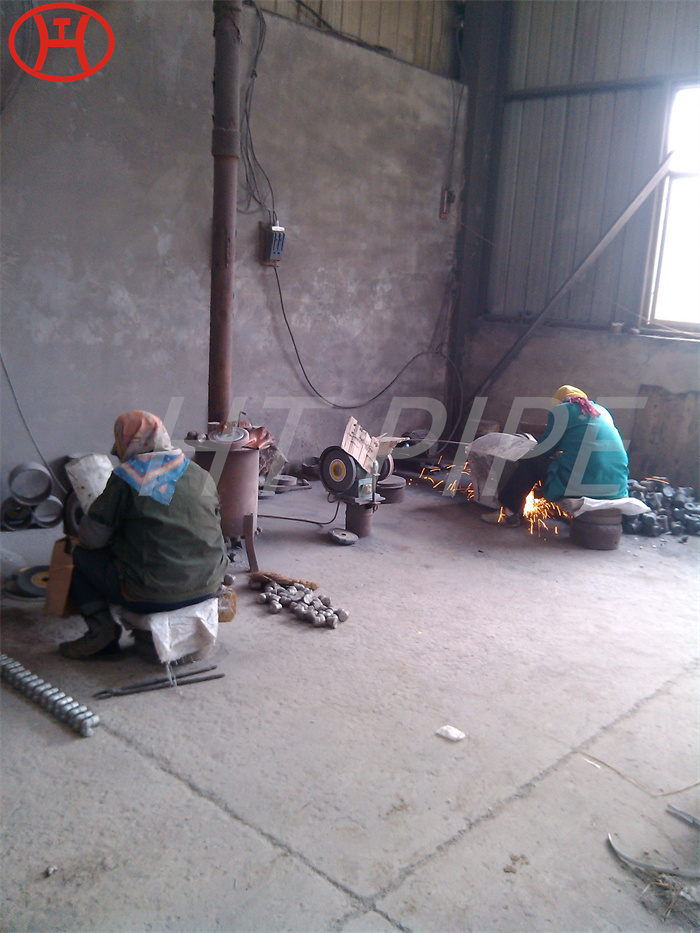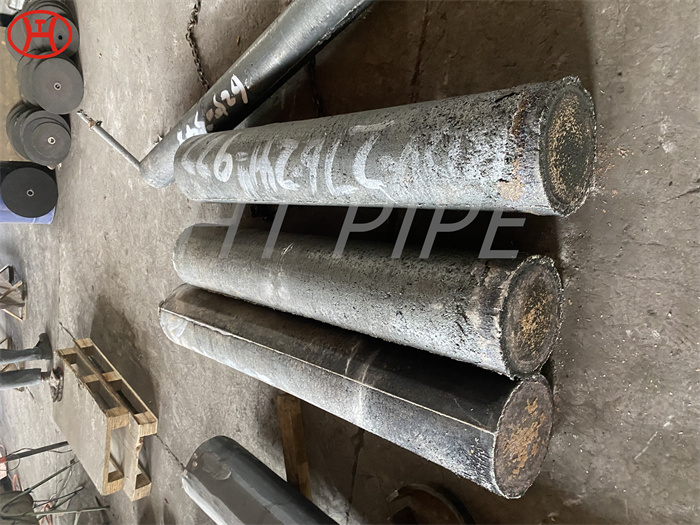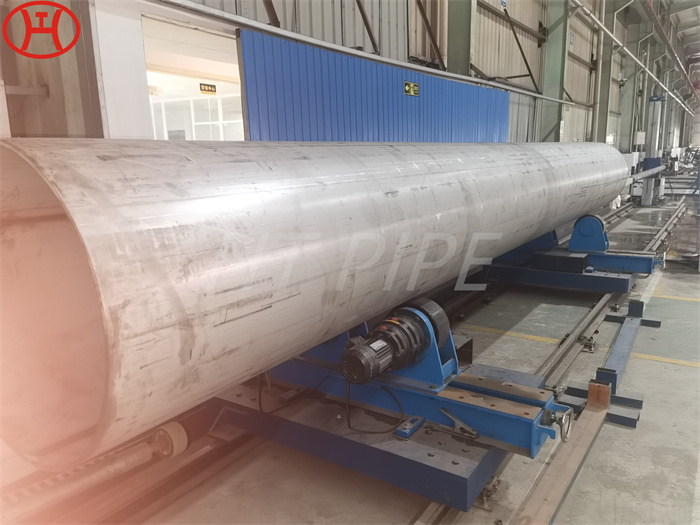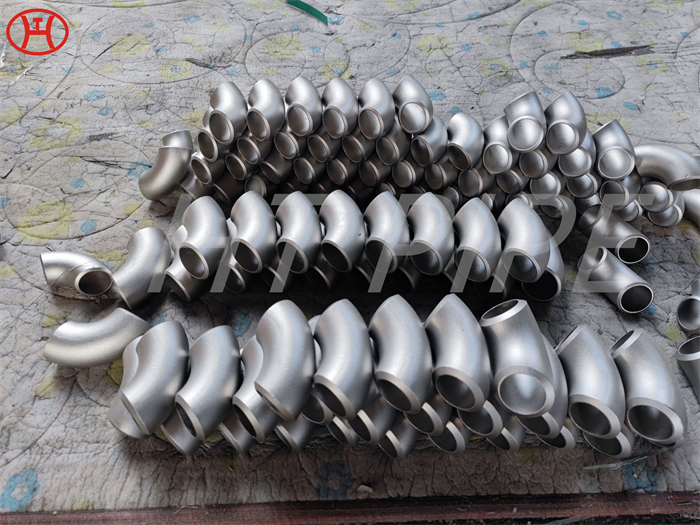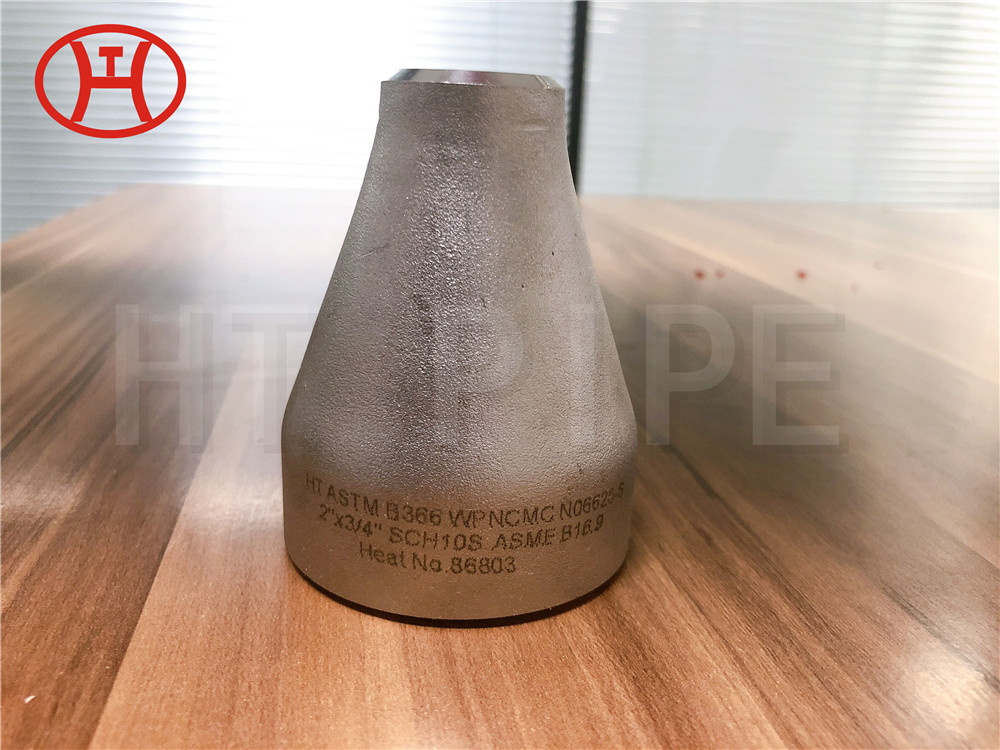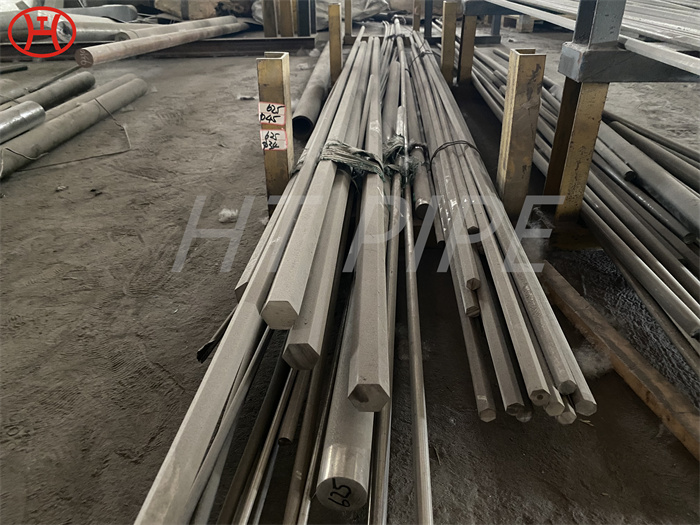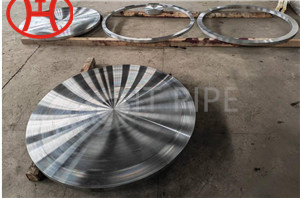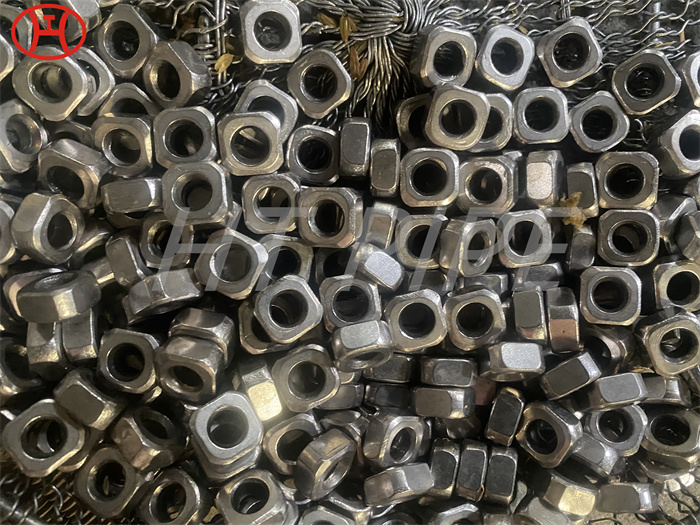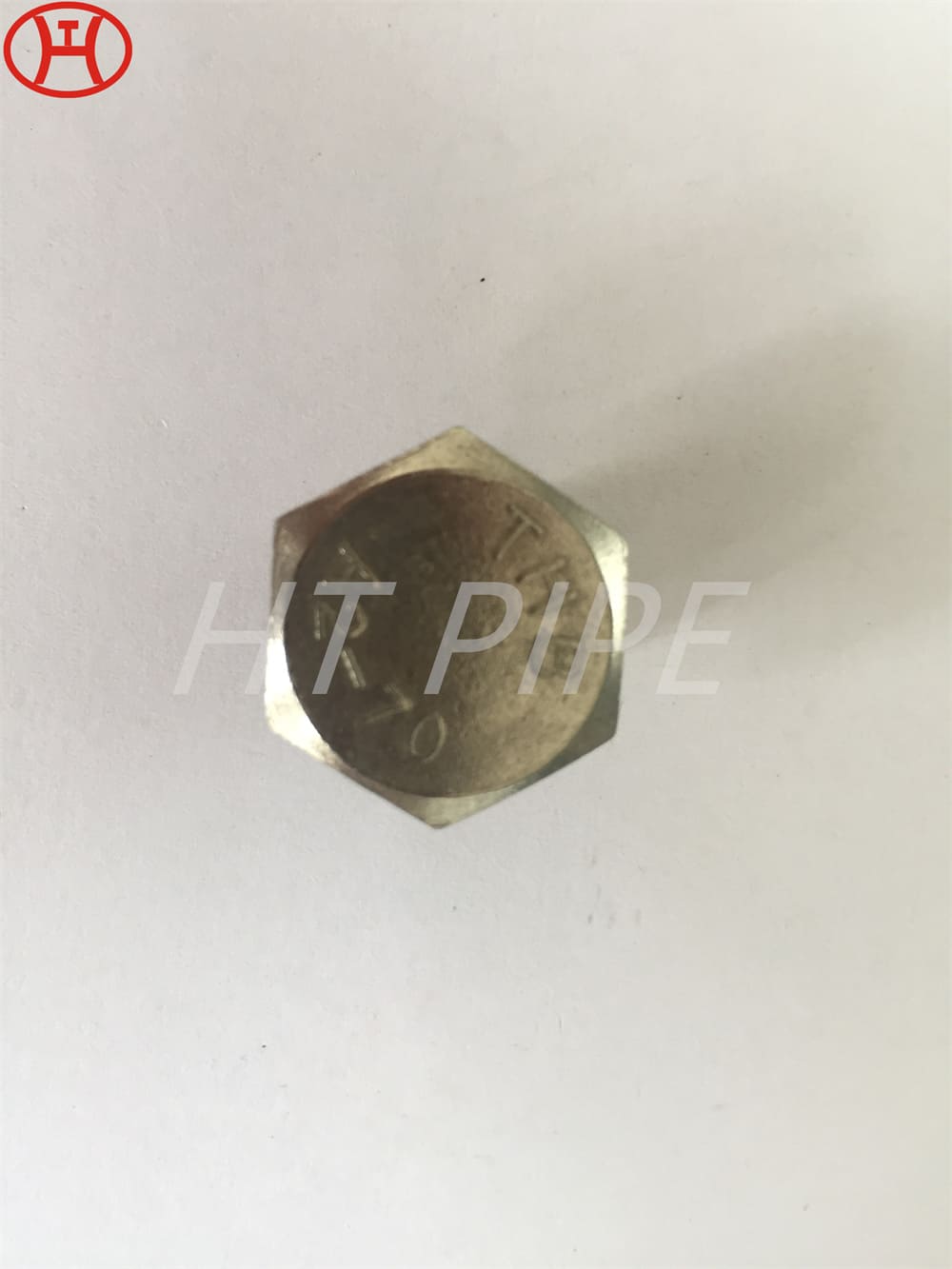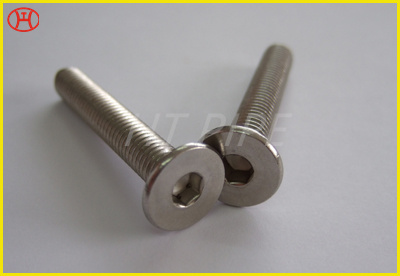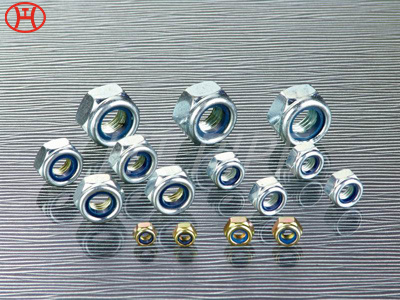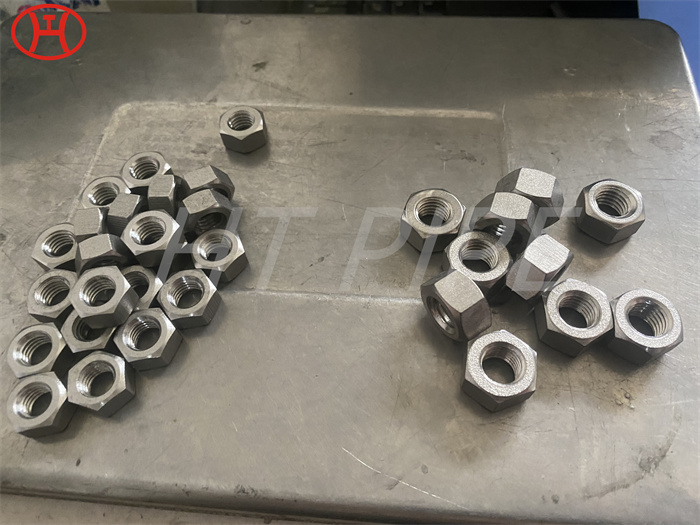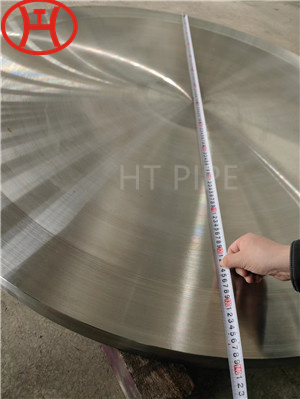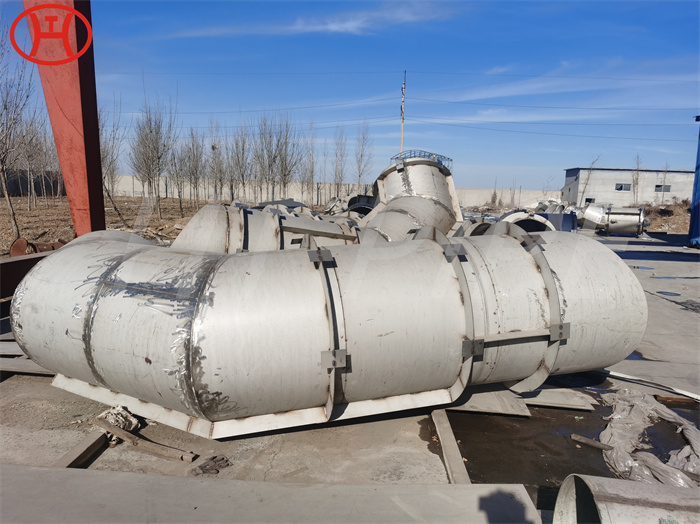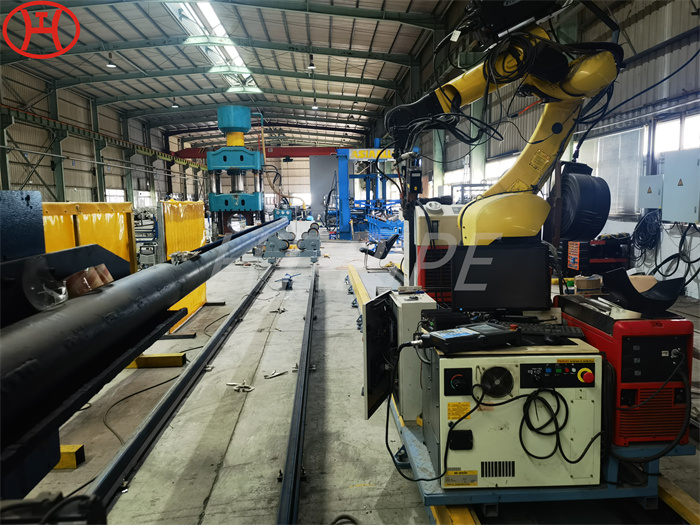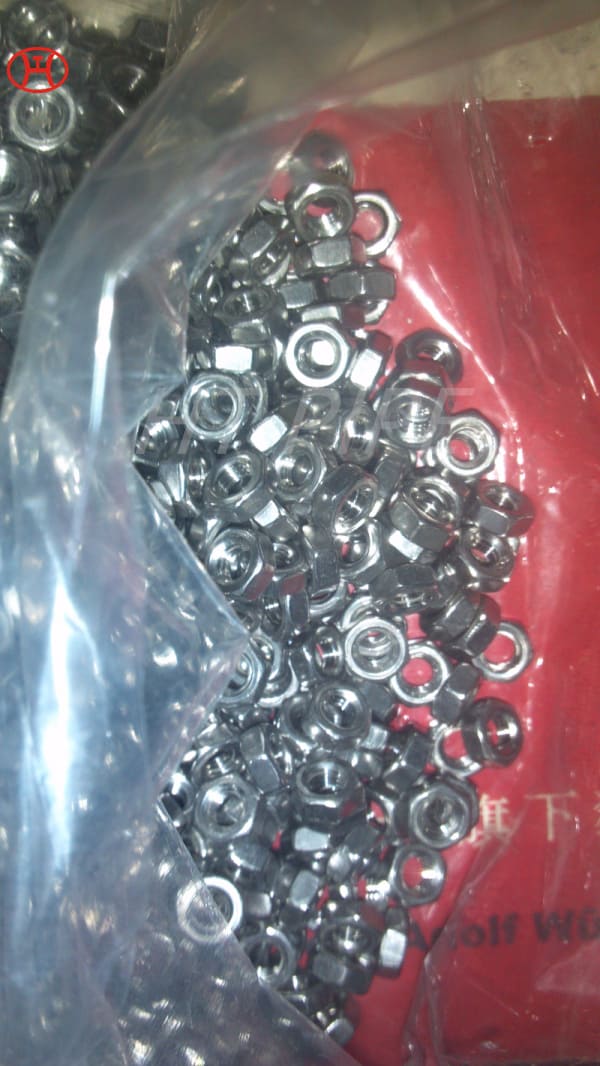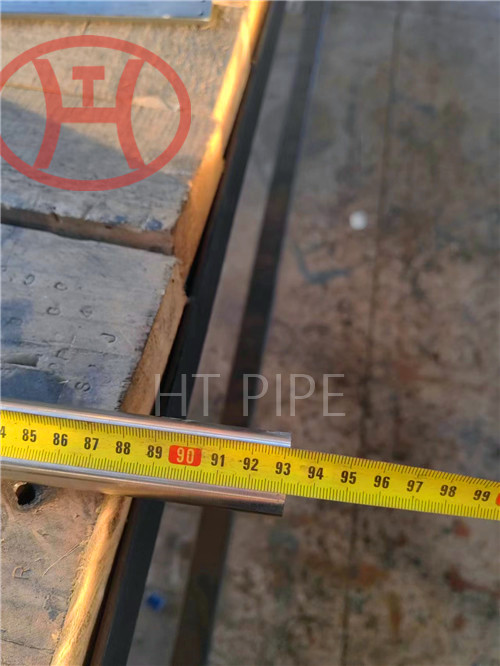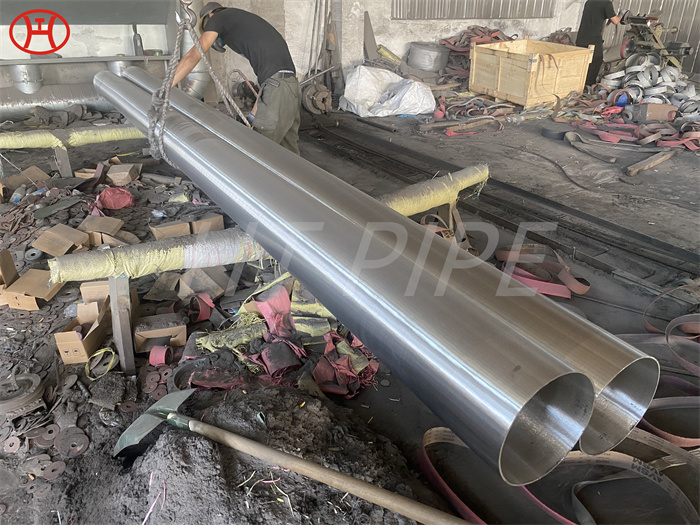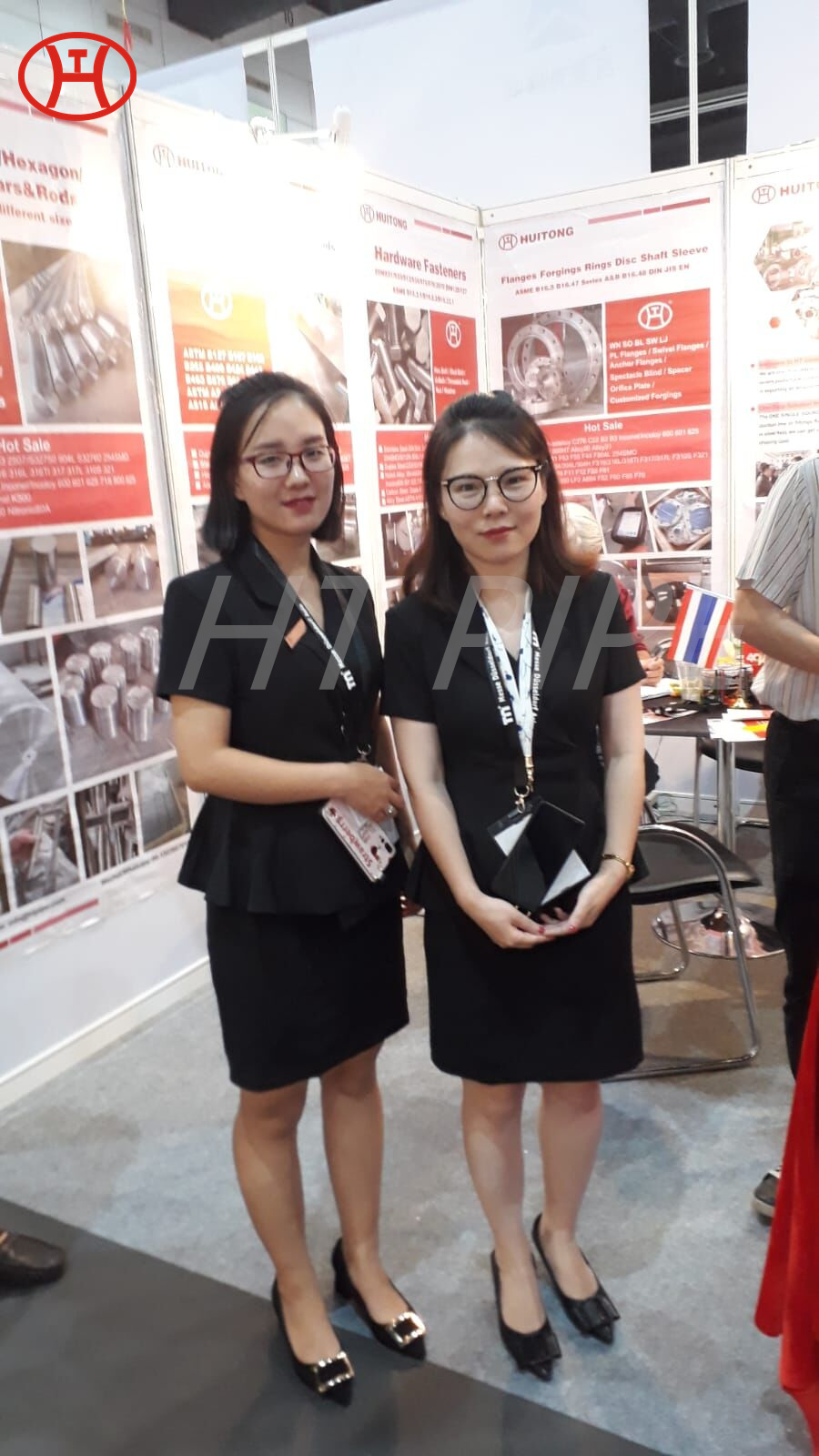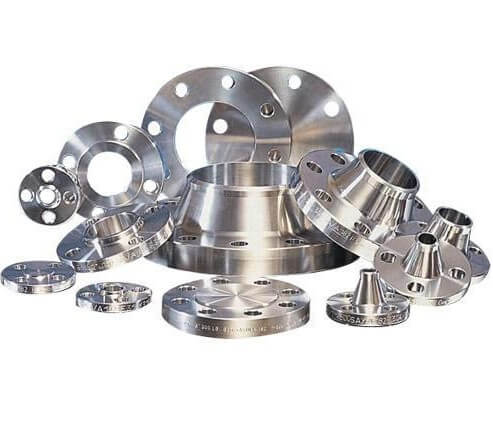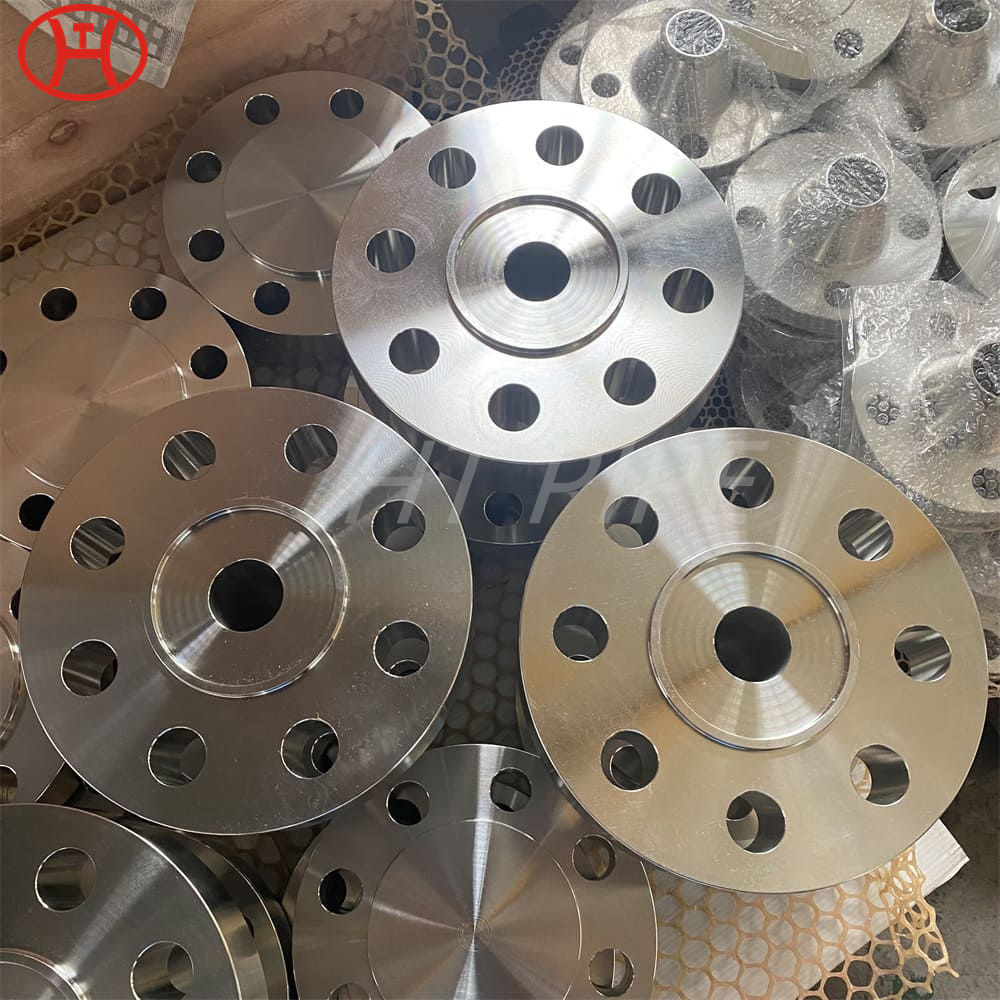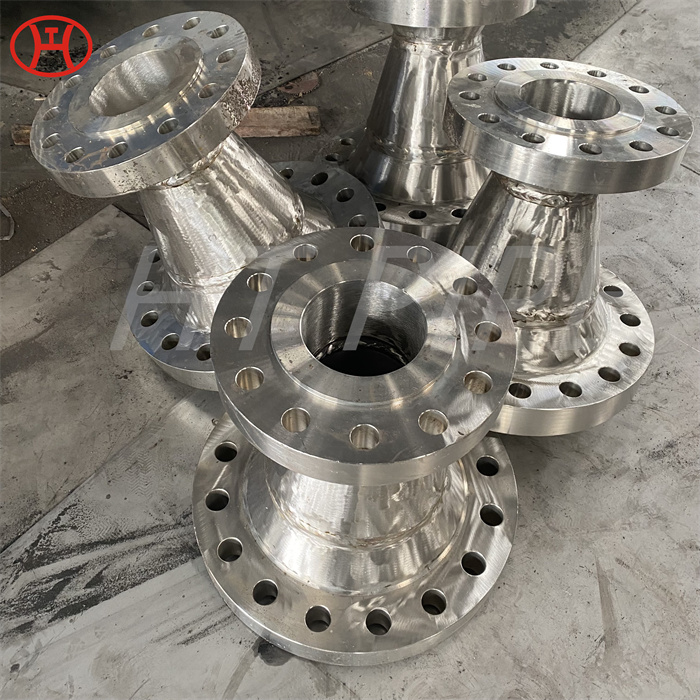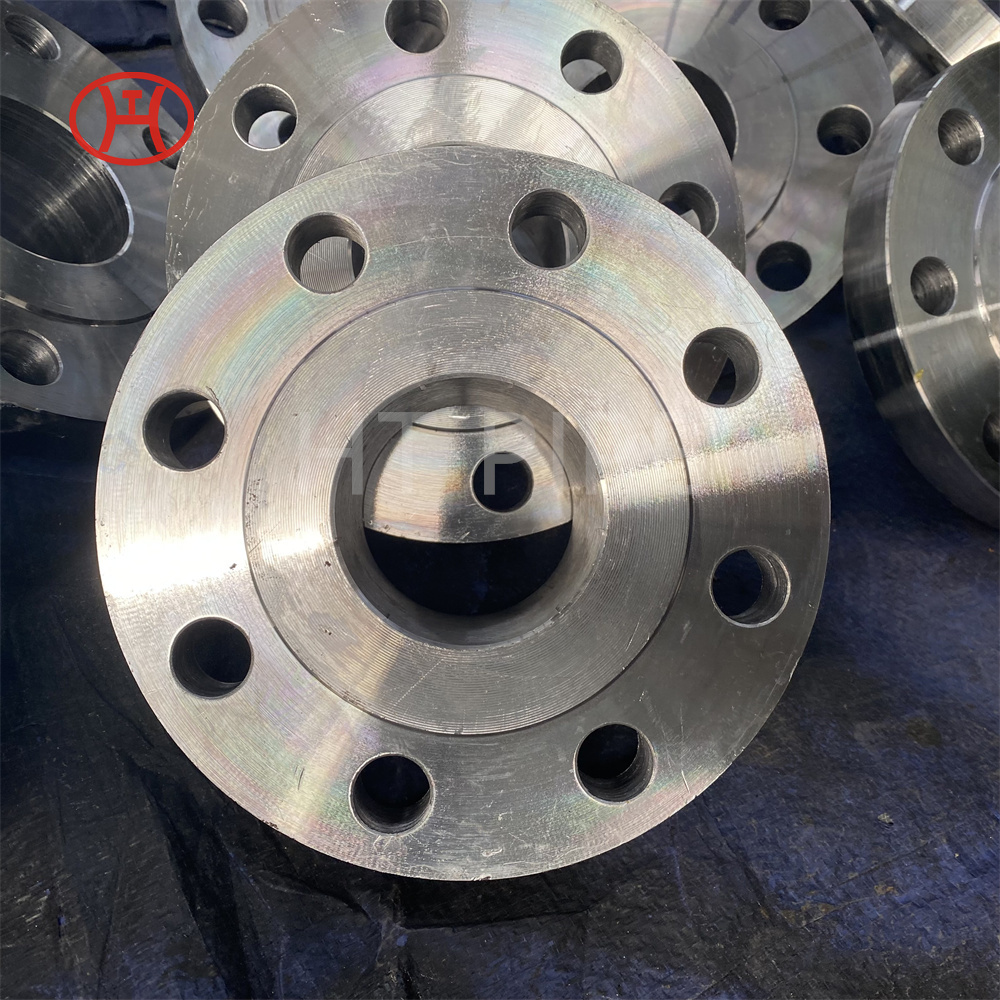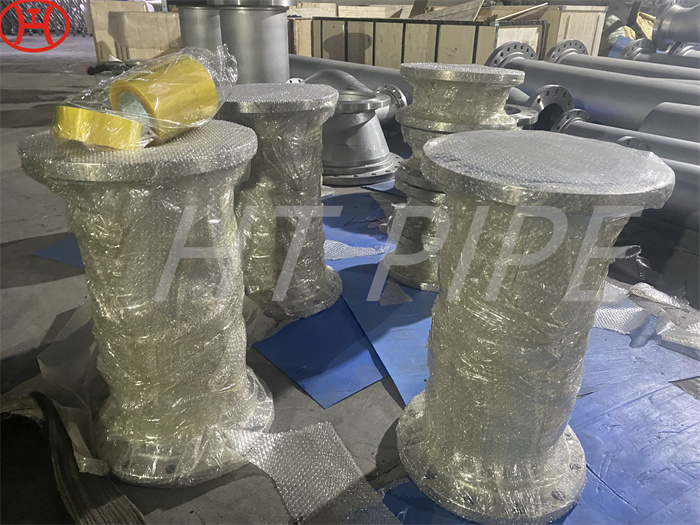Inconel 718 2.4668 Hot Rolled Plate and Cold Rolled Plate
Inconel 718 is a nickel-chromium-based alloy that is commonly used in high-temperature applications such as aerospace and gas turbines. One of the most important factors in the production of ASTM B670 Inconel 718 Sheet is the plate rolling process. There are two main types of Inconel 718 plates available on the market: hot rolled and cold rolled plates.
ASTM B670 Inconel 718 Sheet, SB670 Inconel 718 Strip, Inconel 718 Plate Suppliers, UNS N07718 Inconel 718 Plate manufacturer, 2.4668 Inconel 718 Coil, Alloy Inconel 718 Clad Plate, Manufacturer of Inconel Alloy 718 Sheet, ASTM B670 Alloy 718 Plate.
Inconel 718 is a nickel-chromium-based alloy that is commonly used in high-temperature applications such as aerospace and gas turbines. One of the most important factors in the production of ASTM B670 Inconel 718 Sheet is the plate rolling process. There are two main types of Inconel 718 plates available on the market: hot rolled and cold rolled plates.
Inconel 718 2.4668 Hot Rolled Plates are produced by heating the alloy to a high temperature and passing it through a series of rollers. The resulting plate is typically thicker than cold rolled plates and has a rougher surface finish. However, as the plate cools, SB670 Inconel 718 Strip may develop some residual stresses that can make it prone to warping or distortion during further processing.
Cold Rolled Plates Inconel 718, on the other hand, are produced by passing the alloy through a series of rollers while it is at or near room temperature. This rolling process results in a thinner N07718 Inconel 718 Plate with a smoother surface finish. The cold rolling process can also improve the mechanical properties of the Inconel 718 plate, particularly its strength and ductility.
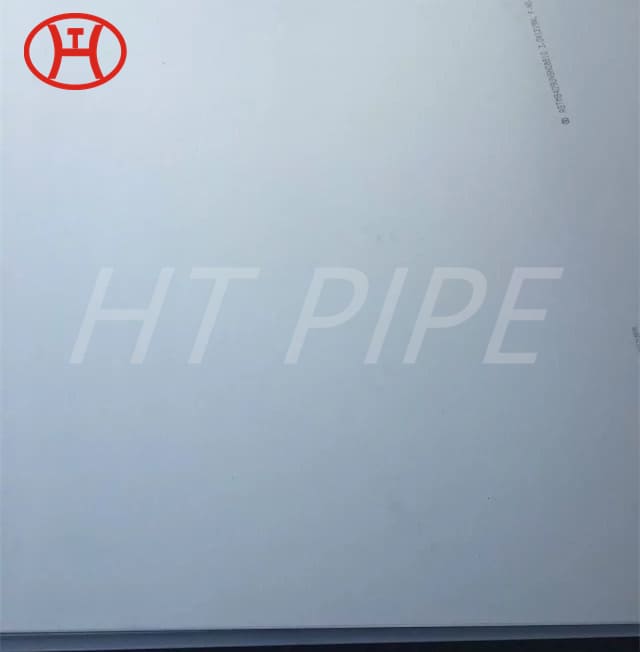
In addition to their different production processes, Inconel 718 2.4668 Hot Rolled Plate and Cold Rolled Plates have different properties and uses. Inconel 2.4668 Hot Rolled Plates are often used in applications where strength and durability are more important than surface finish or dimensional accuracy. Inconel 718 Cold rolled plates are preferred in applications where surface finish and dimensional accuracy are more critical, such as in the production of complex aerospace components.
One important consideration when selecting between hot rolled and cold rolled Inconel 718 plates is the required final dimensions of the part being produced. UNS N07718 Hot Rolled Plates may be suitable for applications where the final product can be machined or otherwise finished to the desired size and shape. Alloy Inconel 718 Clad Plates, on the other hand, may be necessary for applications where precise tolerances and surface finish are required.
The selection of ASTM B670 Alloy 718 Plates will depend on a variety of factors, including the intended use of the part, the required mechanical properties, and the desired surface finish and dimensional accuracy. Manufacturers and designers should carefully evaluate these factors when selecting the right type of plate for their specific application.
ASTM B670 Alloy 718 Plate Imperial Dimensions
| Plate Surface finish | Gauge (in) | Width (max in) |
| 2B – Cold rolled, heat treated, pickled, skin passed Plate | 10–24 | 72* |
| 2D – Cold rolled, heat treated, pickled plate | 12–24 | 60 |
| BA Mexinox only | 18–28 | 48 |
| Polished plate (not brushed) | 11–24 | 60 |
| Temper rolled plate Mexinox only | 13–29 | 48 |

